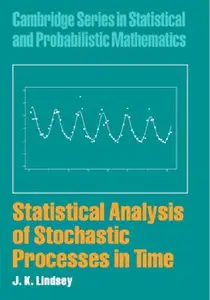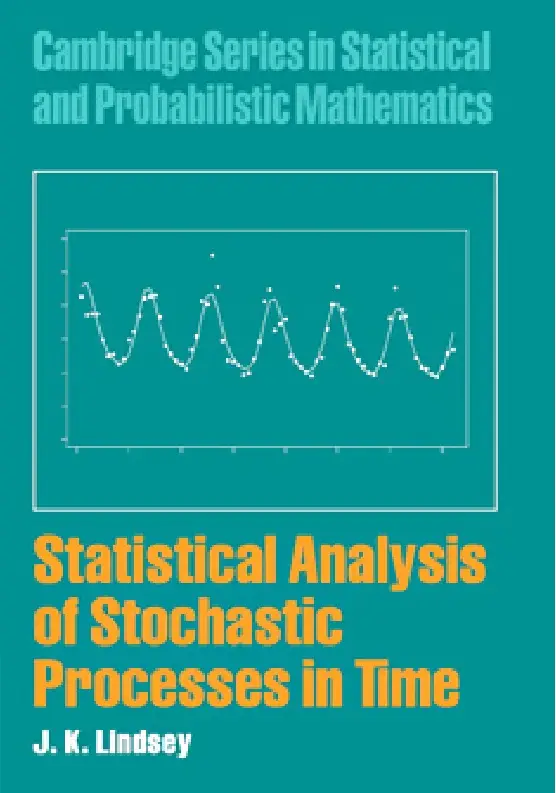Statistical Analysis of Stochastic Processes in Time by James K. Lindsey
English | 2004 | ISSN: 0521837413 | 338 pages | PDF | 3,1 MB
English | 2004 | ISSN: 0521837413 | 338 pages | PDF | 3,1 MB
This introduction to ways of modelling a wide variety of phenomena that occur over time is accessible to anyone with a basic knowledge of statistical ideas. J.K. Lindsey concentrates on tractable models involving simple processes for which explicit probability models, hence likelihood functions, can be specified.
(These models are the most useful in statistical applications modelling empirical data.) Examples are drawn from physical, biological and social sciences, to show how the book's underlying ideas can be applied, and data sets and R code are supplied for them.
Review
"This book is an extraordinary piece of literature which gives the non-fluent statistician the ability to model random events. It is simply a masterpiece and even the most experienced statistician will learn a thing or two from this text…Examples in this text not only use real data but also carry the reader through the entire statistical thinking process…The book is well written and would be good reading for applied statisticians as well as all post-graduate and faculty members who interact with data. Libraries should purchase a copy."
Journal of the Royal Statistical Society
"…I envision an audience of masters-and doctoral-level epidemiology and biostatistics students who could benefit from a course from this text. Students with a fear of the technical mathematics of stochastics, but with a need for practical analyses of time-correlated data, may find this text useful before a formal course in stochastics."
Robert Lund, Journal of the American Statistical Association
"The text is aimed at scientists looking for realistic statistical models to help in understanding and explaining the specific conditions of their empirical data."
Quarterly of Applied Mathematics



